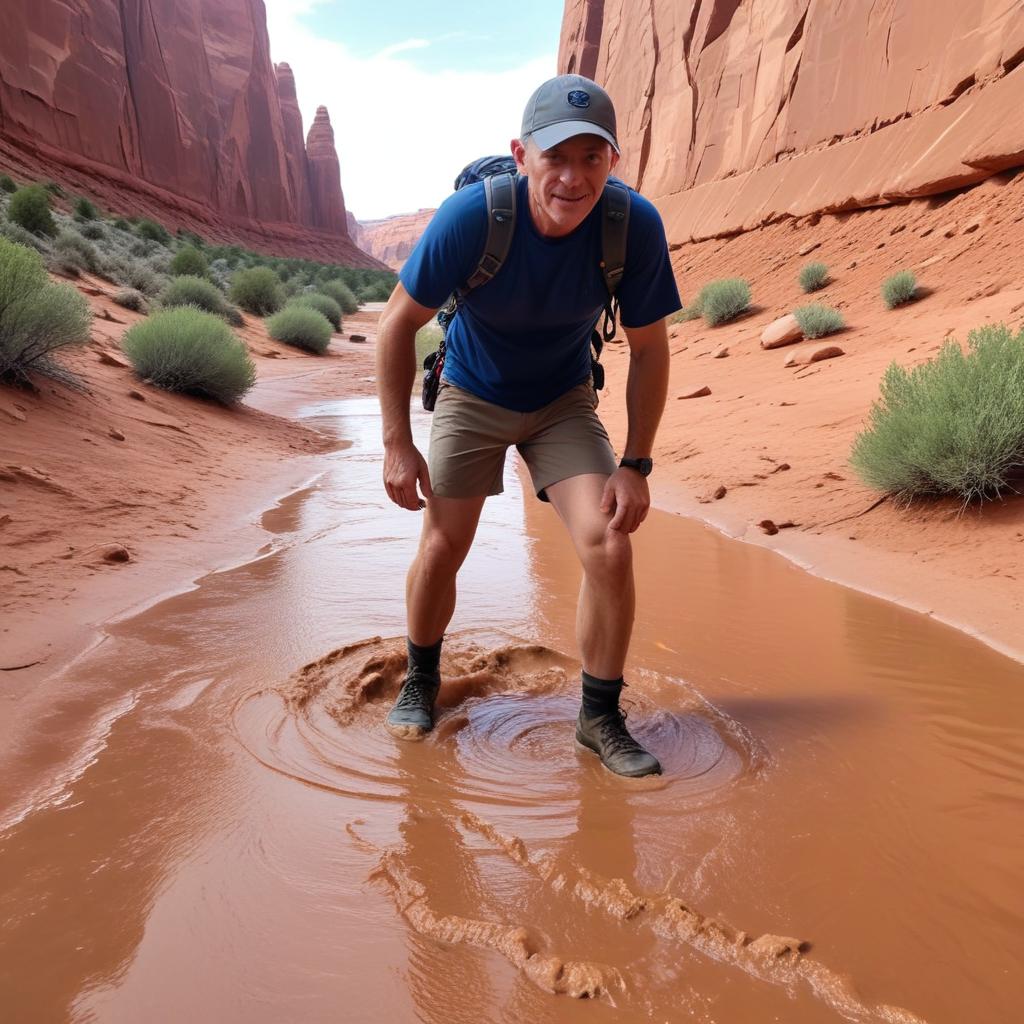After the removal of four hydroelectric dams, the Klamath River is experiencing an unprecedented ecological revival, sparking new opportunities for recreation and tribal reconnection.
Bill Cross, an expert guide, led one of the first rafting trips down a newly restored section of the Klamath River following the removal of four dams—the largest dam removal project in US history. This monumental undertaking, driven by decades of advocacy from Indigenous tribes and environmental groups, has revitalized the river and its surrounding ecosystems. The removal has opened up roughly 45 miles of previously submerged river, creating new whitewater rapids and stunning scenery. However, the restoration is ongoing, with challenges including the development of public access sites and the delicate balance between recreation and ecological preservation. The Shasta Indian Nation, whose ancestral lands were submerged for over a century, is reclaiming 2,800 acres and working to integrate their cultural heritage with the new recreational opportunities. While the river's recovery is a significant achievement, marked by the return of threatened coho salmon and other wildlife, it's also a work in progress. The tribes, along with ecological restoration companies, are actively working to further enhance the river's health and address the lasting impacts of the dams. The project serves as a model for large-scale ecological restoration and the potential for collaboration between various stakeholders.



